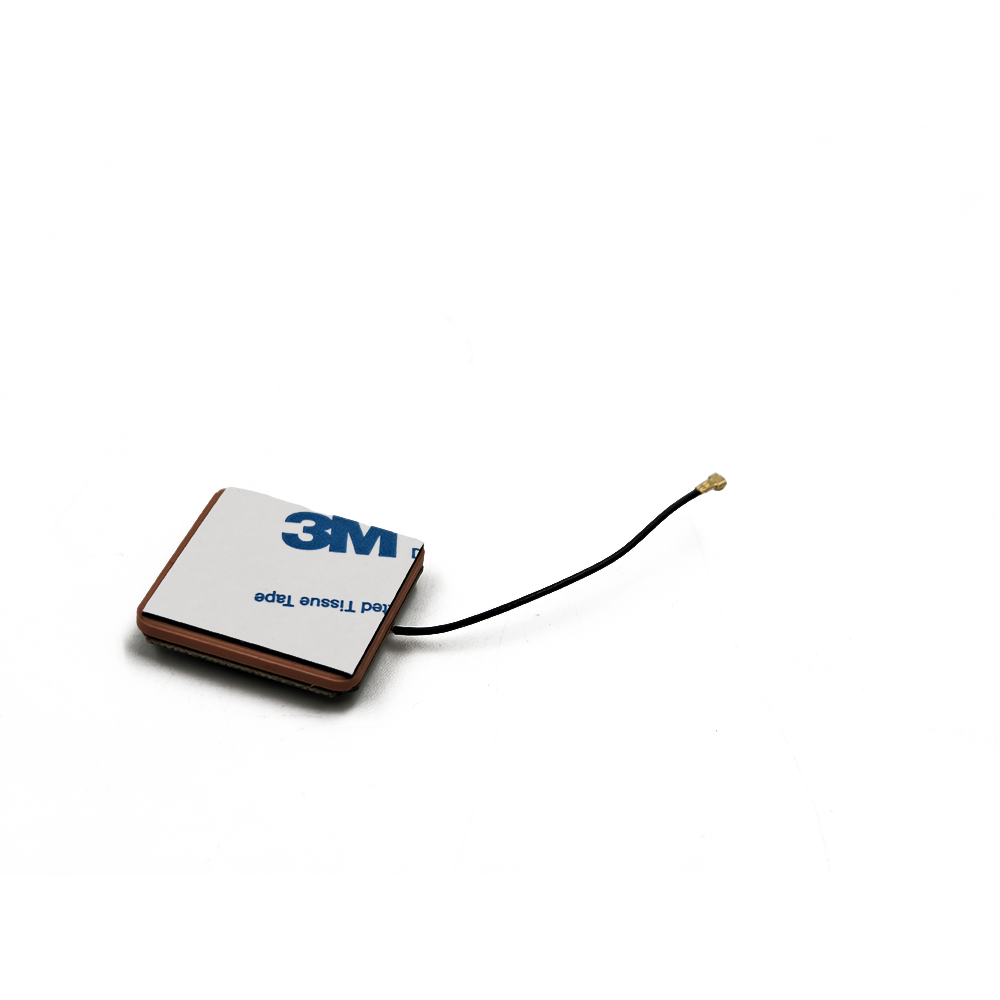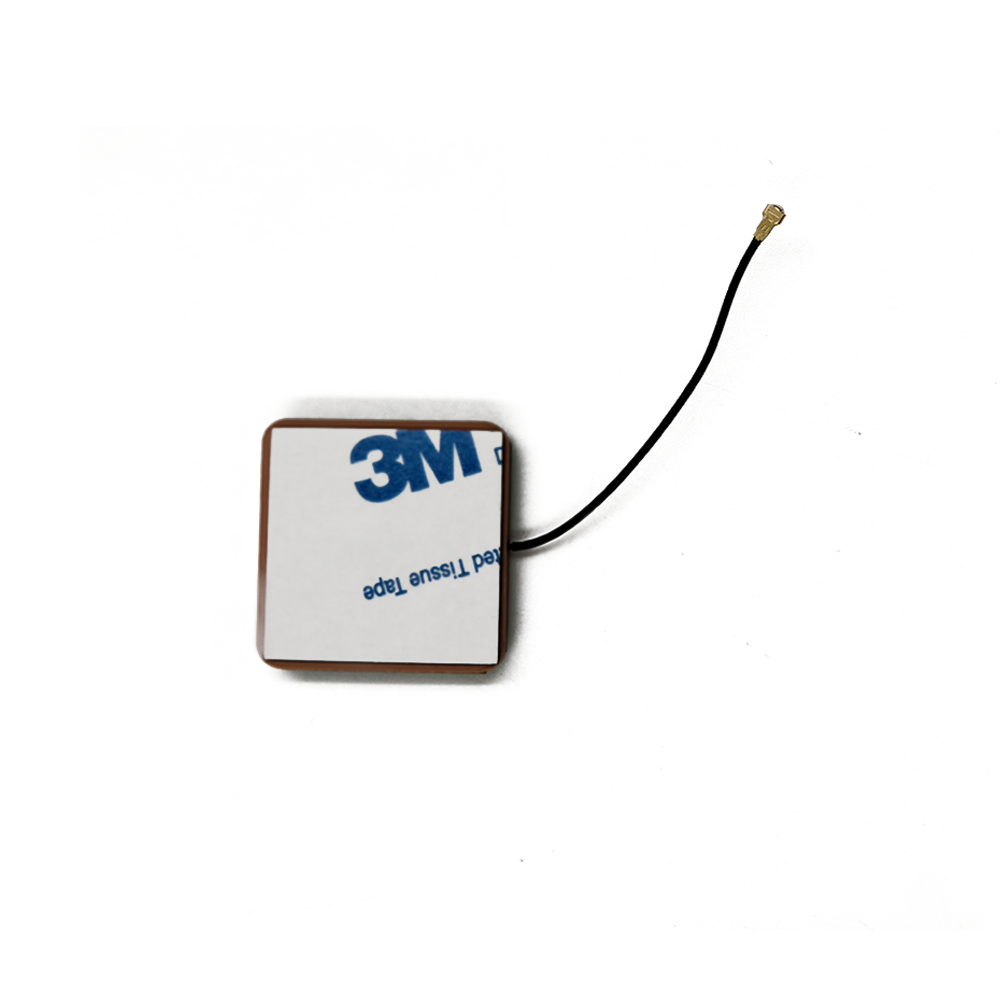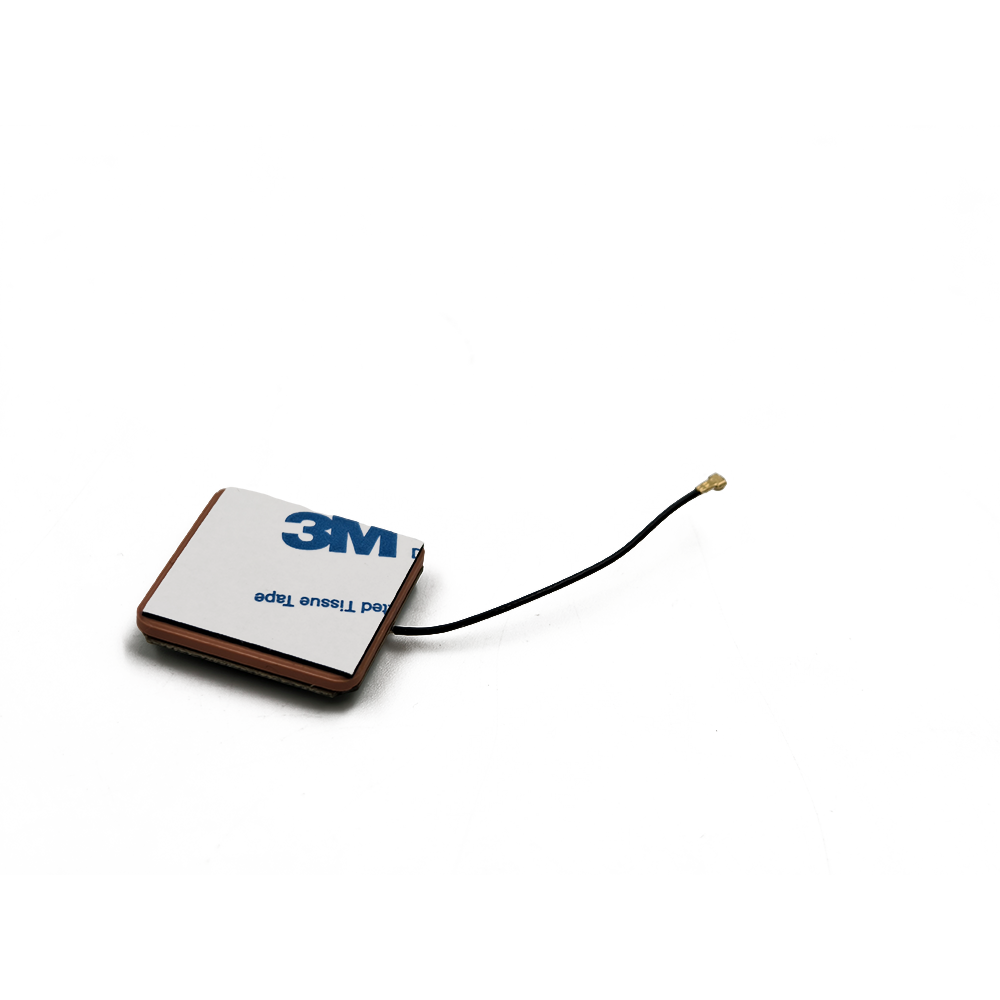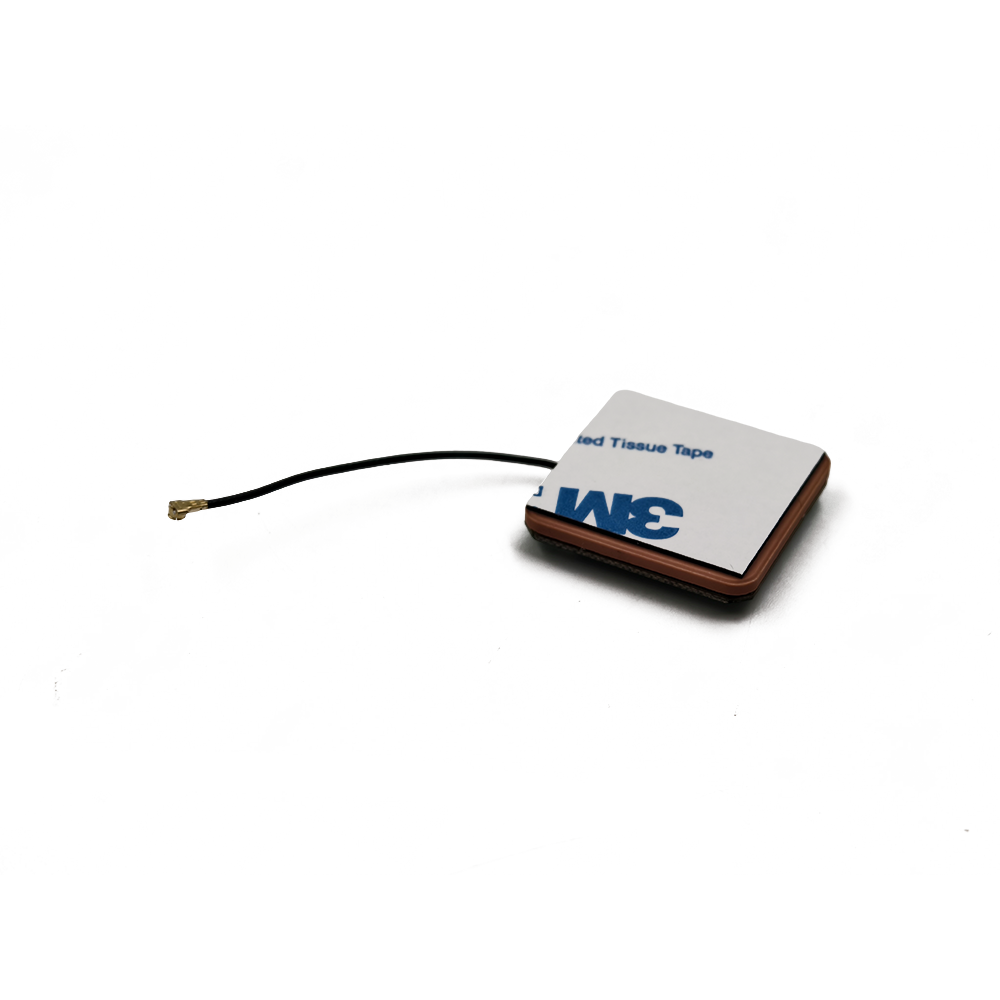5.1 Current Applications
5.1.1 Surveying and Mapping
High - precision ceramic RTK patch antennas are widely used in surveying and mapping applications. Land surveyors rely on these antennas to accurately measure property boundaries, create topographic maps, and monitor land subsidence. The centimeter - level accuracy provided by these antennas ensures that the survey data is highly reliable. In large - scale mapping projects, such as mapping for urban planning or environmental monitoring, the use of high - precision ceramic RTK patch antennas can significantly improve the accuracy and efficiency of the mapping process.
5.1.2 Autonomous Vehicles
Autonomous vehicles are another major application area for high - precision ceramic RTK patch antennas. These antennas are used to provide accurate positioning information to the vehicle's navigation system. The centimeter - level accuracy is crucial for the safe operation of autonomous vehicles, as it allows the vehicle to precisely navigate on the road, avoid collisions with other vehicles and obstacles, and park accurately. In addition to providing positioning information, the antennas can also be used for vehicle - to - infrastructure (V2I) and vehicle - to - vehicle (V2V) communication, which are essential for the overall functionality of autonomous driving systems.
5.1.3 Precision Agriculture
In precision agriculture, high - precision ceramic RTK patch antennas are used to enable accurate guidance for agricultural machinery. Tractors, sprayers, and harvesters equipped with these antennas can precisely follow pre - programmed paths, ensuring that fertilizers, pesticides, and seeds are applied at the correct locations and in the right amounts. This not only helps in optimizing crop yields but also reduces the use of agricultural inputs, which is beneficial for both the environment and the farmer's bottom line. The antennas can also be used to monitor the health of crops by providing accurate location - based data for sensors that measure soil moisture, nutrient levels, and crop growth.
5.1.4 Robotics
In the field of robotics, high - precision ceramic RTK patch antennas are used to provide accurate positioning information for robots operating in outdoor environments. For example, in search - and - rescue operations, robots equipped with these antennas can precisely navigate through disaster - stricken areas, helping to locate survivors. In industrial applications, robots used for material handling or inspection in large outdoor facilities can benefit from the high - precision positioning provided by these antennas, ensuring that they perform their tasks accurately and efficiently.
5.2 Future Trends
5.2.1 Integration with Emerging Technologies
In the future, high - precision ceramic RTK patch antennas are likely to be integrated with emerging technologies such as 5G and the Internet of Things (IoT). The combination of RTK - based positioning with 5G communication can enable new applications that require both high - speed data transfer and accurate positioning, such as real - time remote control of autonomous vehicles or drones. In the IoT context, high - precision ceramic RTK patch antennas can be used to provide accurate location information for a wide range of IoT devices, enhancing the functionality of smart cities, smart logistics, and other IoT - enabled systems.
5.2.2 Improvement in Performance
Antenna designers are constantly working on improving the performance of high - precision ceramic RTK patch antennas. This includes increasing the antenna's sensitivity, reducing its noise figure, and improving its resistance to interference. New materials and manufacturing techniques are being explored to achieve these performance improvements. For example, the use of advanced ceramic composites or metamaterials may offer the potential to further enhance the antenna's performance while maintaining its compact size and durability.
5.2.3 Expansion of Frequency Bands
As new satellite constellations are launched and new frequency bands are made available for positioning and navigation applications, high - precision ceramic RTK patch antennas are expected to be designed to operate in these expanded frequency bands. This will require antenna designers to develop innovative designs that can handle the new frequencies while still providing the high - precision performance required by applications. The ability to operate in multiple new frequency bands will further improve the accuracy and reliability of positioning systems and open up new opportunities for applications that require highly accurate location information.
Conclusion
High - precision ceramic RTK patch antennas have become an essential part of modern positioning and navigation systems. Their unique combination of high precision, compact size, durability, and multi - band operation makes them suitable for a wide range of applications, from surveying and mapping to autonomous vehicles and precision agriculture.
Despite the challenges such as cost, bandwidth limitations, and interference susceptibility, the continuous development in antenna design and technology is expected to overcome these issues in the future. The integration with emerging technologies, improvement in performance, and expansion of frequency bands are some of the key trends that will shape the future of high - precision ceramic RTK patch antennas.
As the demand for high - precision positioning continues to grow across various industries, high - precision ceramic RTK patch antennas are likely to play an increasingly important role. Their ability to provide accurate location information in real - time will enable the development of new and innovative applications, contributing to the advancement of technology and improving the quality of life in many aspects.




































































 Language
Language
 En
En Cn
Cn Korean
Korean

 Home >
Home > 








 18665803017 (Macro)
18665803017 (Macro)













